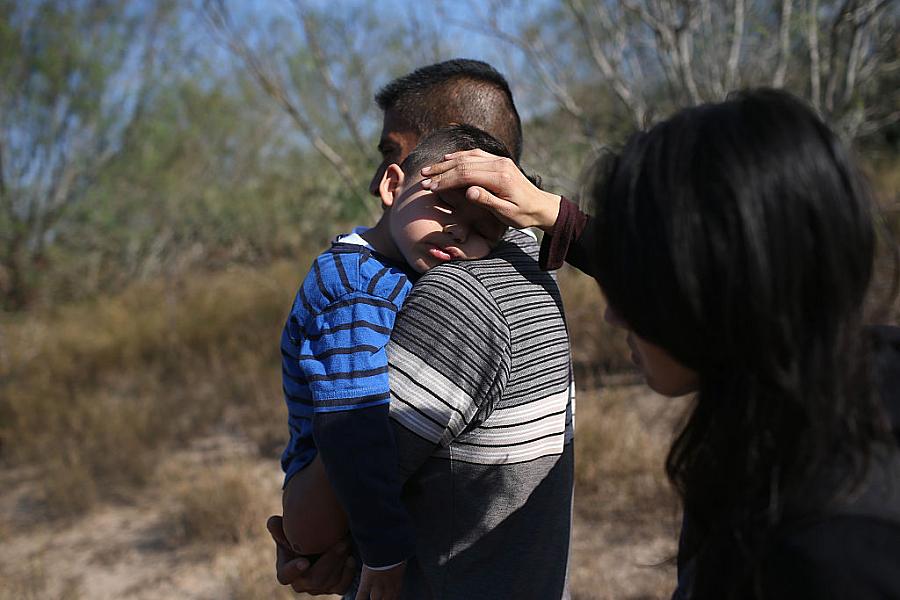How does the experience of migration impact children’s health?

Almost half the world’s displaced people are children — spanning the globe from war zones like Syria to people fleeing violence in Central America. Although scientists have long known that trauma in early childhood can have lasting health impacts, few have specifically studied migrant children.
Lynne Jones, a child and adolescent psychiatrist with the Cornwall Partnership Foundation NHS Trust, has been trying to change that. She has been collecting the stories and photos of migrant children and publishing them at Migrant Child Storytelling.
This work adds to Jones’s academic work. In 2011, she and colleagues published research in The Lancet identifying the biggest risks and protective factors in the mental health of displaced children around the world. The research showed that exposure to violence — especially violence in the home, such as abduction or a forced house search — was the biggest risk factor for subsequent psychological disturbances. In addition, displaced teens seem to have more problems than children under 12, particularly when it comes to depression.
Jones explains that many children who want to share their stories with the media never get to see them — they don’t have any access to the article that comes out about them. “I wanted to give them a voice,” says. “When they see the results — the photographs and stories — they have an enormous sense of achievement and pleasure.”
This act of storytelling can also be therapeutic. For a photo project in Greece, Jones gave cameras to 50 children and asked them to take photos around the refugee camp. The children selected their very favorite from the crop, and in every single case, the child’s favorite photo was of family, friendship or relationships.
“In spite of living in these circumstances, the photos they wanted to show the world were all about connection,” she says. “And connection is the most protective psychological aspect in children’ lives, and they really value it.”
The trauma of migration isn’t just about what children are seeing at home, but what they endure on the journey when they leave to cross an ocean or a border. Some children have never been on a boat before and can get very scared about the open ocean.
Refugees, asylum seekers and irregular migrants are at heightened risk for certain mental health disorders, including post-traumatic stress, depression and psychosis — and unaccompanied children are particularly at risk, according to a 2017 WHO study. Jones’ work shows that keeping children with their families helps buffer against negative health outcomes.
Jones spent time in Mexico last year, where she met with families fleeing violence in Central America. She says that the extortion and violence she heard was as bad as any refugee situation anywhere in the world. She recounted the El Salvadoran teenager she met whose father, a bus driver, was killed by gangs after he refused to pay a bribe. The gangs started harassing the family, so they fled to Mexico. Jones says it’s a common story: a gang tries to extort money, enacts violence, and people are forced to leave their homes and countries behind.
An equal and opposite tragedy is also unfolding with children raised in the U.S. who are crossing the border back to Mexico because of political conditions in the U.S. Forced to leave the only home they know, children are often unprepared for life back in Mexico, and not ready for the disruption it causes to their whole family.
The stories gathered at Migrant Child Storytelling reveal what that disruption looks like through the eyes of children forced to endure seemingly impossible ordeals.
“The website is all about giving children a voice,” she says. “Too often their voice is mediated through us, and we don’t hear what they have to say or what matters to them.”
[Photo: John Moore/Getty Images]

